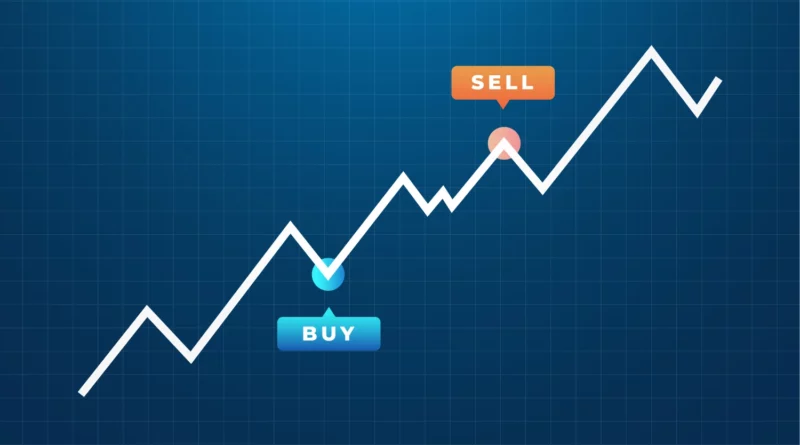The Advantages of Buying Low and Selling High: Maximizing Your Returns
Investors of all stripes understand that buying low and selling high is the key to maximizing returns. This time-tested strategy has proven effective across all asset classes, from stocks and bonds to real estate and commodities. For those interested in investing in art, the same principle applies. Art prices can fluctuate just like any other asset, and investors who can identify undervalued pieces can realize significant gains when they sell them at a higher price.
In this article from Masterworks Insights, you’ll explore the advantages of buying low and selling high for investors in the art market.
Why Buying Low and Selling High is Key to Maximizing Your Returns?
The basic principle of buying low and selling high is to acquire undervalued assets and sell them when they appreciate.
Taking a Long-Term Approach to Invest in Art
When investing in art, taking a long-term approach is key. This means focusing on acquiring high-quality pieces with a strong potential for appreciation over time. By doing so, you can avoid the volatility and fluctuations that can occur in the short term and enjoy the benefits of a steady increase in value over time.
To get the most out of your investment, it’s important to do your homework and research individual artists and pieces. Look for artists with strong track records of sales and critical acclaim and pieces with historical significance or cultural relevance. By identifying pieces with these qualities, you can increase the likelihood of seeing significant returns on your investment over time.
Identifying Pieces with Potential for Appreciation
When identifying pieces with potential for appreciation, there are a few key factors to consider. These include the artist’s reputation and track record of sales, the rarity of the piece, its historical significance, and its condition. The best investments often combine these qualities, as they are more likely to appreciate over time.
It’s also important to be patient when investing in art. While some pieces may appreciate quickly, others may take years or even decades to realize their full value. By taking a long-term approach and focusing on acquiring high-quality pieces, you can increase the likelihood of seeing significant returns on your investment over time.
Selling at the Right Time
Knowing when to sell your art is as important as knowing when to buy. This requires a combination of research, market knowledge, and a bit of luck. To maximize your returns, it’s important to monitor the market closely and be aware of trends and shifts in demand. This can help you identify the optimal time to sell your art and realize the highest possible return on your investment.
It may be beneficial to hold onto a piece for several years before selling it. This can help ensure that you realize the maximum possible appreciation in value. However, there may be other cases where it makes sense to sell quickly, particularly if market conditions are favorable.
Conclusion
Buying low and selling high is a proven strategy for maximizing returns in the investment world. However, implementing this strategy requires discipline, patience, and an informed investment strategy. The key to this strategy is identifying undervalued assets and timing the market correctly.
If you want to learn more about the buy low and sell high strategy or investment strategies, check out this article from Masterworks Insights. Remember, investing always comes with risk, but using the right strategy and analysis techniques can reduce risk exposure and maximize returns.




